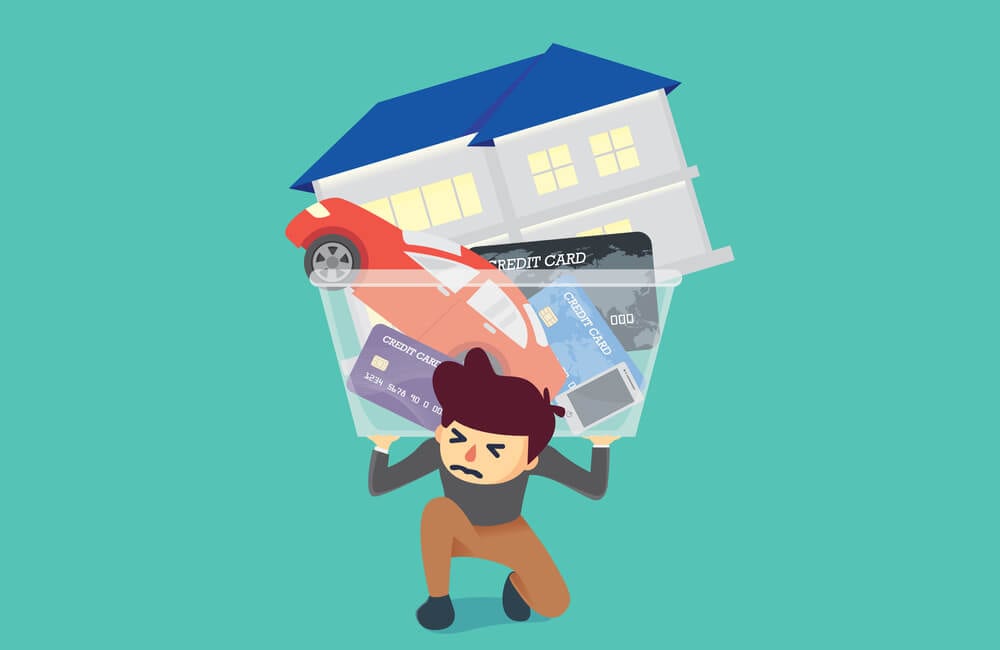 Debt relief is a crucial step towards achieving financial stability for individuals and businesses alike. In Canada, there are various options available for debt relief, but determining the best time to seek it is essential. Firstly, it is crucial to assess one’s financial situation to determine the best time for debt relief. If an individual or business finds themselves struggling to make ends meet, missing bill payments, or constantly relying on credit, it is a clear sign that seeking debt relief Canada is necessary. The earlier debt relief is sought, the easier it may be to manage and resolve the situation before it worsens.
Debt relief is a crucial step towards achieving financial stability for individuals and businesses alike. In Canada, there are various options available for debt relief, but determining the best time to seek it is essential. Firstly, it is crucial to assess one’s financial situation to determine the best time for debt relief. If an individual or business finds themselves struggling to make ends meet, missing bill payments, or constantly relying on credit, it is a clear sign that seeking debt relief Canada is necessary. The earlier debt relief is sought, the easier it may be to manage and resolve the situation before it worsens.
Secondly, economic conditions play a vital role in deciding the best time for debt relief in Canada. During a recession or economic downturn, debt burdens often become more challenging to manage. If inflation rates are high, it can further worsen the situation. Therefore, it is wise to seek debt relief during periods of economic stability and low inflation rates.
Additionally, interest rates are a significant factor in determining the best time for debt relief. If interest rates on loans and credit cards are high, it becomes even more challenging to pay off the debt. However, during periods of low-interest rates, it is often easier to obtain debt consolidation loans or negotiate with creditors for lower interest rates. Thus, monitoring interest rates can help in choosing the right time for seeking relief.
Furthermore, personal circumstances may also influence the best time for debt relief in Canada. Life events such as job loss, divorce, or medical emergencies can significantly impact one’s financial situation. If these events occur, it is crucial to seek debt relief promptly to prevent further financial strain.
Apart from personal circumstances, legal considerations can also impact the timing of debt relief. For instance, if an individual or business is facing potential legal action or bankruptcy, it is essential to seek debt relief before matters escalate further. Moreover, changes in bankruptcy laws or regulations may affect the options available for debt relief, thus necessitating timely action.
Moreover, a proactive approach towards debt relief can help individuals and businesses regain financial control. Waiting until debts become unmanageable or reaching the brink of financial collapse is not advisable. It is wise to seek debt relief as soon as the need arises, allowing for more time and opportunities to resolve the situation successfully.
In addition to individual circumstances, market trends can also indicate the best time for debt relief in Canada. For example, if property or asset values plummet, it may be a suitable time to seek debt relief options such as a debt settlement or a consumer proposal. Taking advantage of these market conditions can lead to more favourable outcomes for debt restructuring.
Furthermore, seeking debt relief during periods of employment stability can be advantageous. Having a stable income stream is crucial for ensuring successful debt repayment plans. Therefore, it is advisable to consider the best time for debt relief when one’s source of income is secure.
Lastly, seeking debt relief in Canada can have long-term positive impacts on credit scores and financial solvency. The earlier one seeks debt relief, the sooner they can begin rebuilding their creditworthiness. This can open doors to better lending opportunities and improve overall financial well-being.
In conclusion, determining the best time for debt relief in Canada requires a careful assessment of various factors like personal financial situations, economic conditions, interest rates, personal circumstances, legal considerations, market trends, employment stability, and long-term financial goals. By considering these factors and taking a proactive approach towards debt relief, individuals and businesses can regain financial control and work towards a brighter future.


